First responder vehicles fill a number of needs in communities around the world. Used by police, firefighters, emergency medical teams and HAZMAT squads, they make for a distinctive and reassuring sight in times of strife. Although they are employed in countries around the globe, they look different and perform various functions depending on where they are located.
Back in the 1940s long before today’s distinctive light bars were the norm, police used a single red beacon to signal their presence and request a driver to pull over or clear the way. In time, this relatively low-tech solution was replaced by today’s strobe and flashing lights as well as more energy-efficient LEDs.
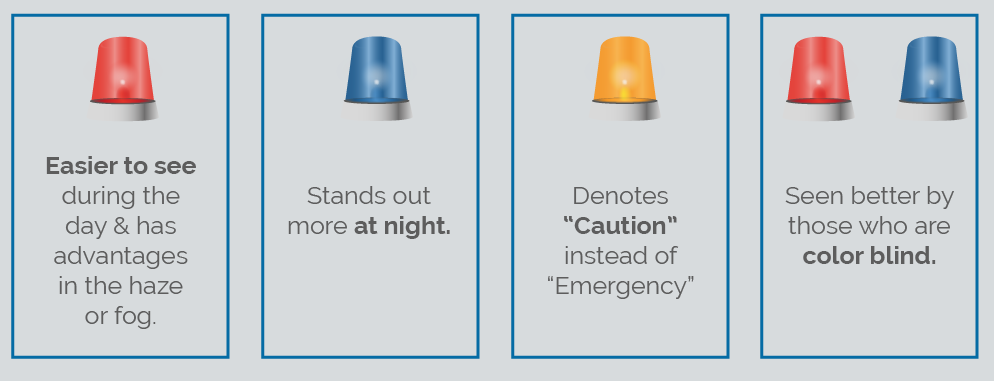
The Purpose Behind Emergency Light Colors
Today’s emergency lights, in all of their forms, remain the most distinguishing features of first response vehicles as well as commercial trucks used for security and road construction. Much thought has gone into the way these emergency vehicle lights look, especially when it comes to their color. Red strobe lights, for instance, are more noticeable during the day. On particularly foggy or hazy days, red acts as a very visible beacon. On the other hand, night-time needs are better met through the use of a blue light, which is easier to perceive in the dark. When combined with a red light, a blue emergency strobe can be detected even by people who are color blind. Furthermore, blue lights add to an emergency vehicle’s visibility since red ones can often be lost in heavy traffic due to the fact that tail lights are also of that color. In order to complement the blue and red lights that are used as visual cues of an emergency, many U.S. vehicles also feature a yellow caution light.
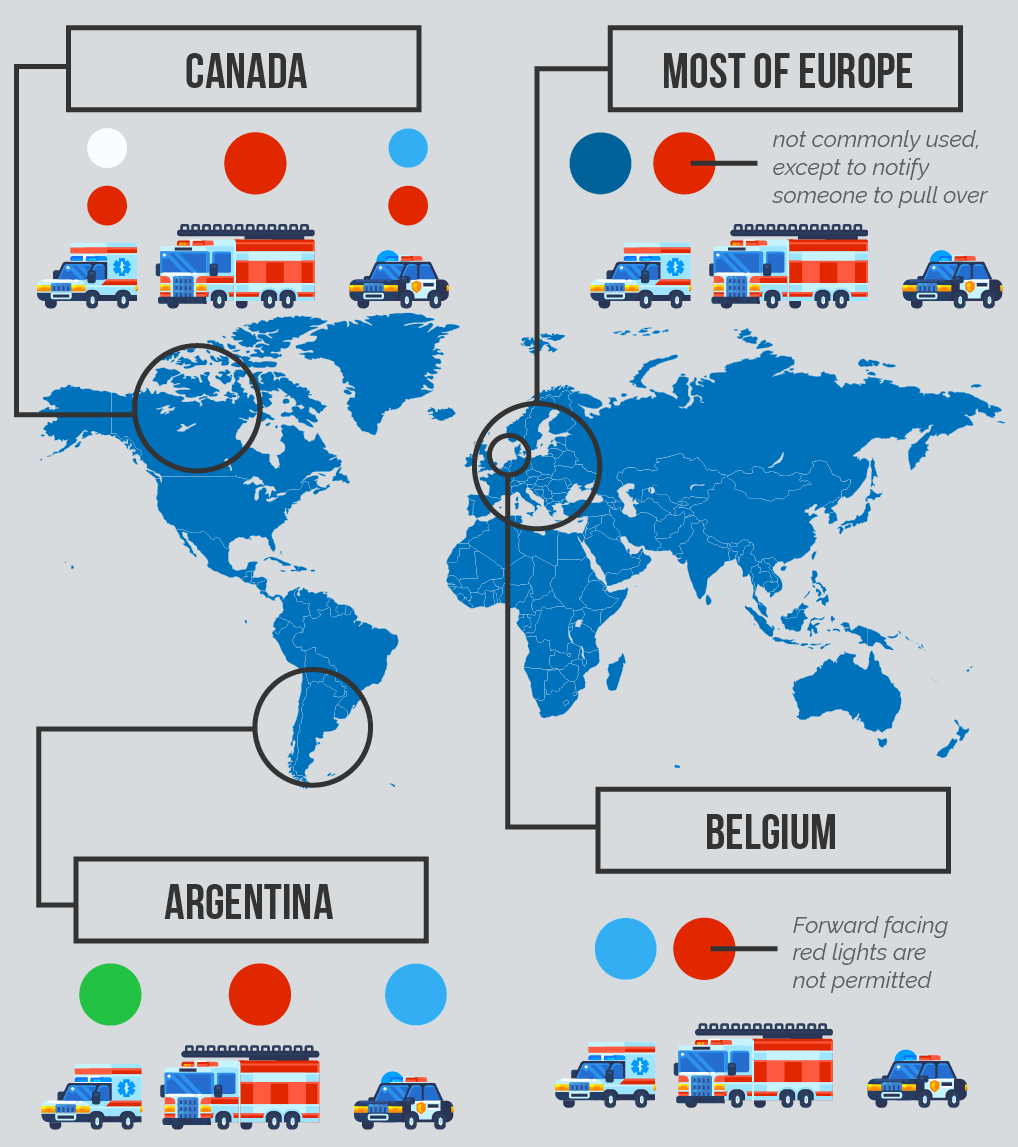
Emergency Vehicle Lights in Different Countries
As stated above, emergency LED lights are not consistent the world over. In Europe, for instance, blue is the predominant color of choice. If a driver sees a flashing red light, it is usually an indication that he or she is being asked to pull over. Canadians are primarily accustomed to seeing ambulances with red and blue lights, red lights on fire engines and red and blue illumination on their police vehicles. By contrast, Argentina’s ambulances are green while fire engines generally sport red lights and police vehicles have blue. Belgians will generally be taken to the hospital in an ambulance with a blue emergency light and will be greeted by a red-lit engine in the event of a fire.
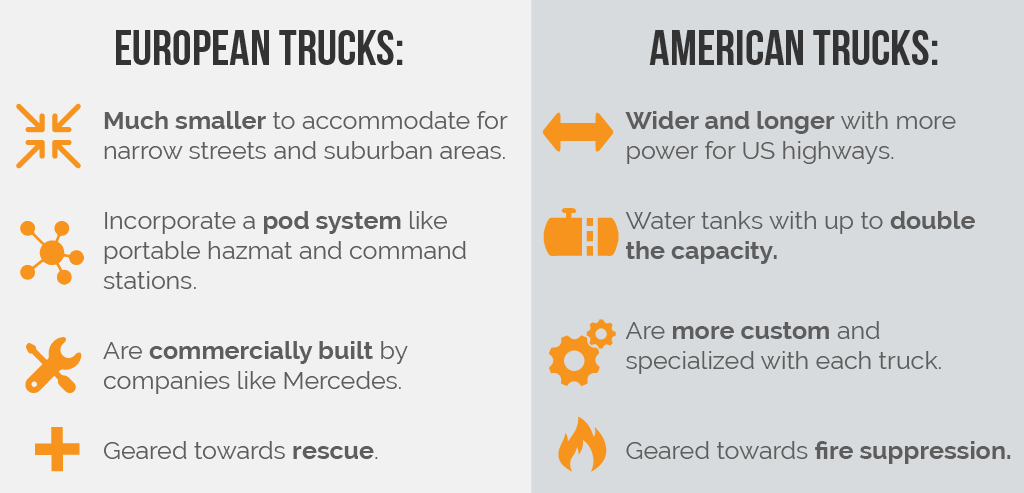
Emergency Lights for Fire Fighting Vehicles
The differences among nations when it comes to first response vehicles are not confined to just their LED strobe lights. There are also distinctions in the trucks themselves. For instance, European fire trucks are used to put out the flames in areas with extremely narrow streets. Consequently, the trucks are narrower and smaller in size to accommodate the typography of older cities. The command stations that they use during emergency situations are usually portable, easily removed and stowed when not in use. Fire engines are made by well-known manufacturers such as Mercedes Benz, and their focus is primarily on saving victims.
By contrast, U.S. fire vehicles are large and are designed first and foremost for putting out fires. In general, rescue is performed by other first responders who are also at the scene. American trucks are wider and longer, with tanks that have as much as double the capacity to hold water for fire suppression.
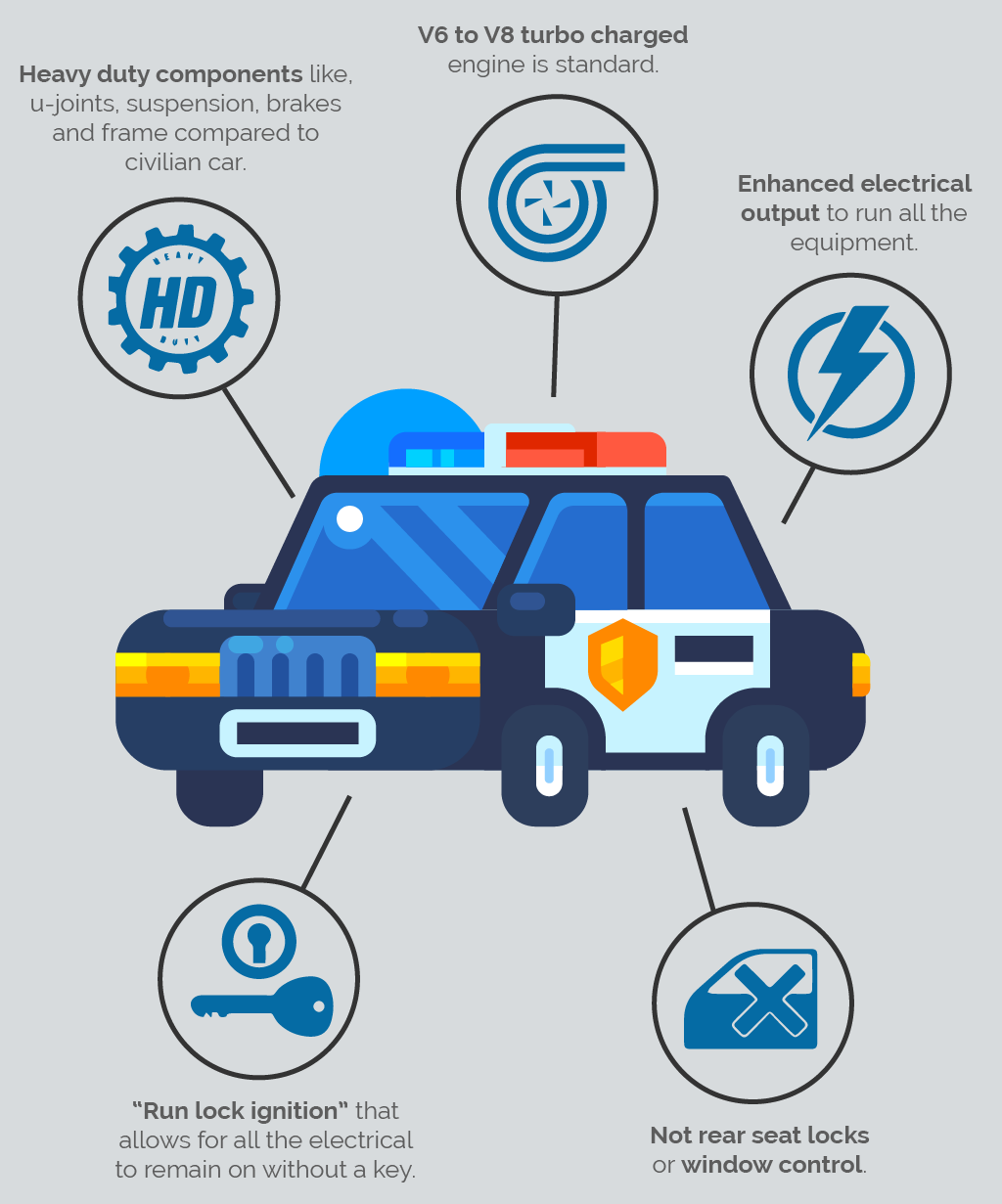
Police Car Enhancements
Perhaps you have seen police officers riding in what appear to be the same vehicles that civilians use. In reality, although the manufacturers may be identical – companies such as Crown Victoria, for instance – there are several characteristics that set police vehicles apart. Most notably, their construction is heavy duty and built for industrial use. Parts such as brakes, u-joints and suspension are built for long and hard driving. Under the hood, these vehicles also tend to be more powerful, usually sporting a V6 or even V8 turbocharged engine for maximum power. Because officers need to run advanced equipment in their vehicles, the cars are also equipped with enhanced electrical output capabilities. In addition, these vehicles contain an ignition that does not require a key in order for all of the equipment to keep running. Finally, rear passengers have fewer controls and cannot open or close their windows.
No doubt, the efficiency and appearance of the world’s emergency vehicles and the lights and beacons used to signal their presence will keep evolving. As traffic conditions become increasingly congested, manufacturers will need to continue to invent ways to make these cars and trucks visible even in the most difficult circumstances. Considering that the welfare of communities is at stake, it seems quite likely that this technology will only improve over time.

Embed This Infographic
Copy and paste the code below to get this infographic onto your website or blog.


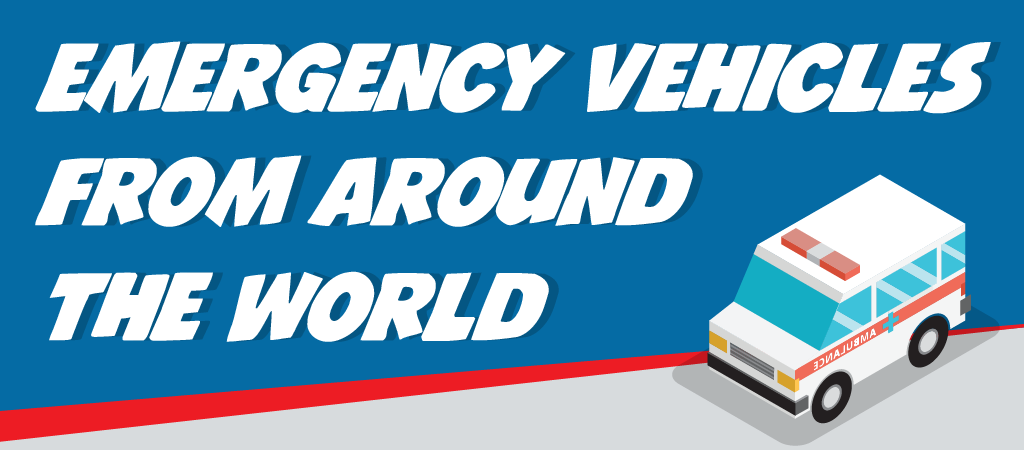
Post Comments
You must be logged in to post a comment.
click here to login